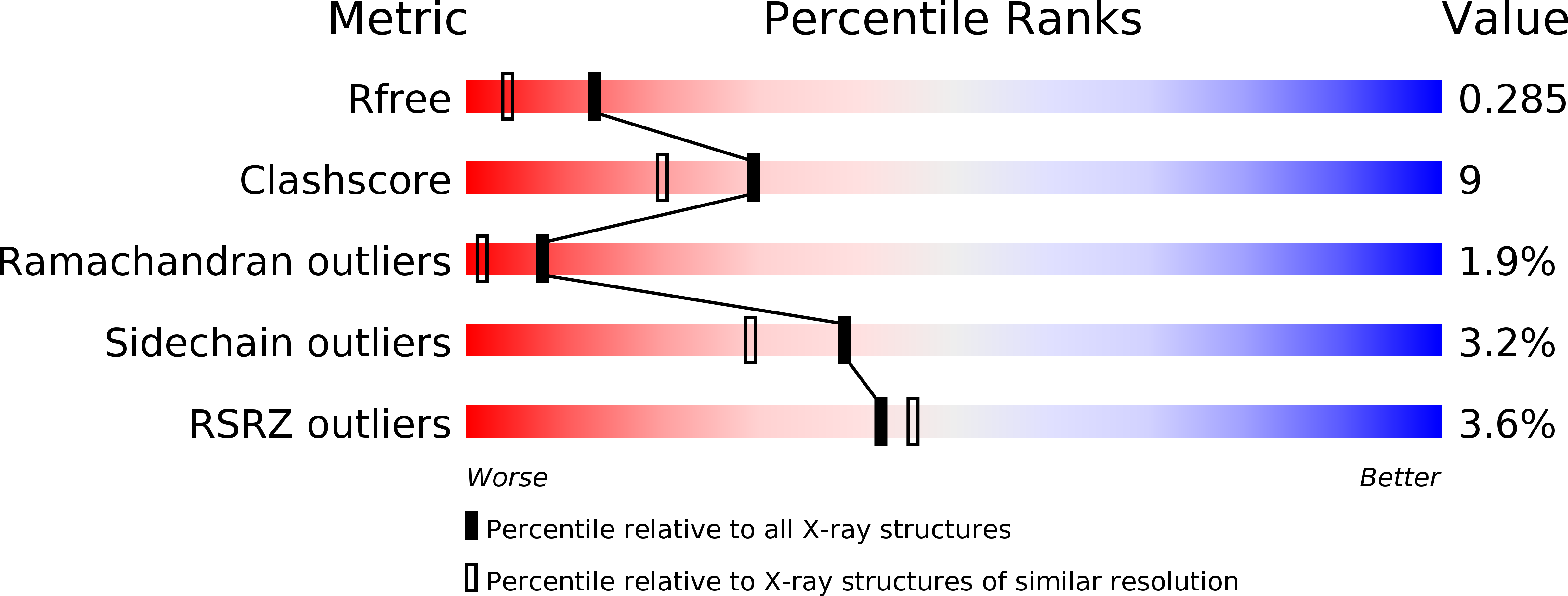
Deposition Date
2016-03-25
Release Date
2016-11-23
Last Version Date
2024-05-08
Entry Detail
PDB ID:
5G1E
Keywords:
Title:
The complex structure of syntenin-1 PDZ domain with c-terminal extension
Biological Source:
Source Organism:
RATTUS NORVEGICUS (Taxon ID: 10116)
Host Organism:
Method Details:
Experimental Method:
Resolution:
1.92 Å
R-Value Free:
0.27
R-Value Work:
0.23
R-Value Observed:
0.23
Space Group:
P 21 21 21


